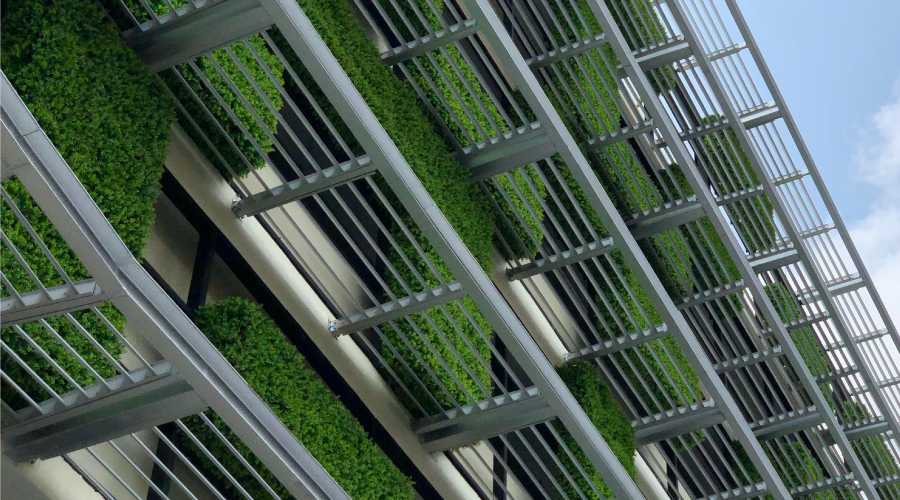Deep Retrofits Mean Better Buildings, Higher Rents, Happier Tenants
These deep retrofits are not only decreasing operating costs for building owners. They're also improving market conditions by introducing better buildings that command higher rents from happier tenants. By and large, the owners have reported positive outcomes. Runberg says rents at the Beardmore Building average about 35 percent higher than other local properties. Another building owner reports his tenant occupancy rate went from 68 percent to 96 percent in addition to a similar increase in rent. The market not only demonstrates receptivity, but, as the owner representative for the 200 Market Building says, "tenants are willing to pay a premium for a building that is demonstrably better."
The paybacks are proving the investments were worth it. In fact, a recent study by Deutsche Bank's DB Climate Change Advisors and The Rockefeller Foundation, which examined the potential size and investment opportunity of upgrading and replacing energy-consuming equipment in U.S. real estate, calculated that an investment of $279 billion could yield $1 trillion or more of energy savings over 10 years.
Push for What's Possible
"I think one of the main lessons from the buildings we examined in this study and other studies by NBI is that the technologies and design strategies necessary to achieve these deep energy savings are available today," says Lyles. "A motivated owner needs to set significant energy efficiency goals for the design team."
Owners also will have to reconsider how they budget for capital and operating expenses, says Lyles. "Building owners often see their capital investment as one pot of money and operations as another," he says. "They must start rethinking this point of view because incremental money upfront is made up for by lower operating expenses for a net savings at least and often a positive return." Creative lease agreements address the issues around owners investing in efficiency measures while tenants reap the benefits, Lyles says.
Of course, the rewards of retrofitting extend beyond positive returns for building owners. According to the Deutsche Bank/Rockefeller Foundation report, a massive retrofit of the nation's existing building stock could create more than 3.3 million new direct and indirect cumulative job years and reduce carbon emissions by approximately 10 percent, all while generating energy savings.
Ben Ikenson is a freelance writer who covers green building, urban planning and wildlife conservation. He can be reached at benikenson@yahoo.com.
Strategies for Deep Energy Savings
Below are some of the most frequent efficiency measures applied to the retrofit projects in the NEEA/NBI study.
High Efficiency Lighting/Daylighting
- Integrated daylighting controls
- Occupancy sensors / timers
- Architectural features to enhance or control daylight availability and quality, including exterior shades, motorized clerestory, automated interior shades, and specialty glass
High-efficiency HVAC systems
- Radiant heating systems
- Controlled by energy (or building) management systems
- Heat or energy recovery
Whole-Building Controls, Monitoring, Commissioning
- Tenant-level sub-metering
- Whole-building metering and monitoring via an energy (or building) management system
- Commissioning
Envelope and General Building
- Improved envelope insulation
- Operable windows
- Installed or designed for solar electric photovoltaics
— Ben Ikenson
|
To read "A Search for Deep Energy Savings: NEEA's Study of Existing Building Energy Efficiency Renewals" or view the profiles of the featured buildings, visit: newbuildings.org/existing-buildings
|
Related Topics:













